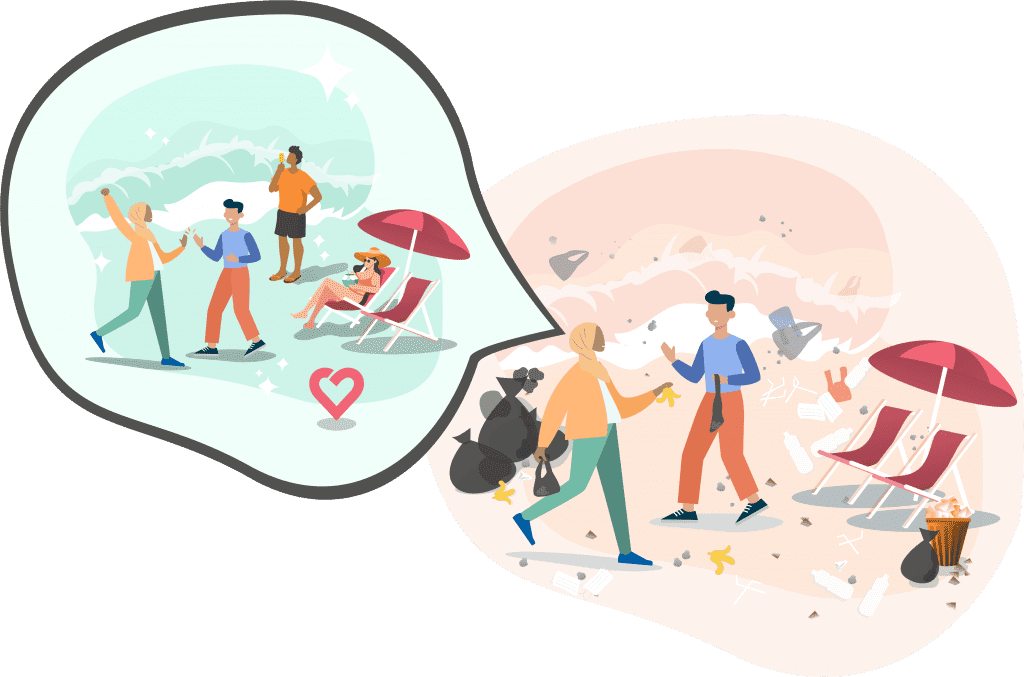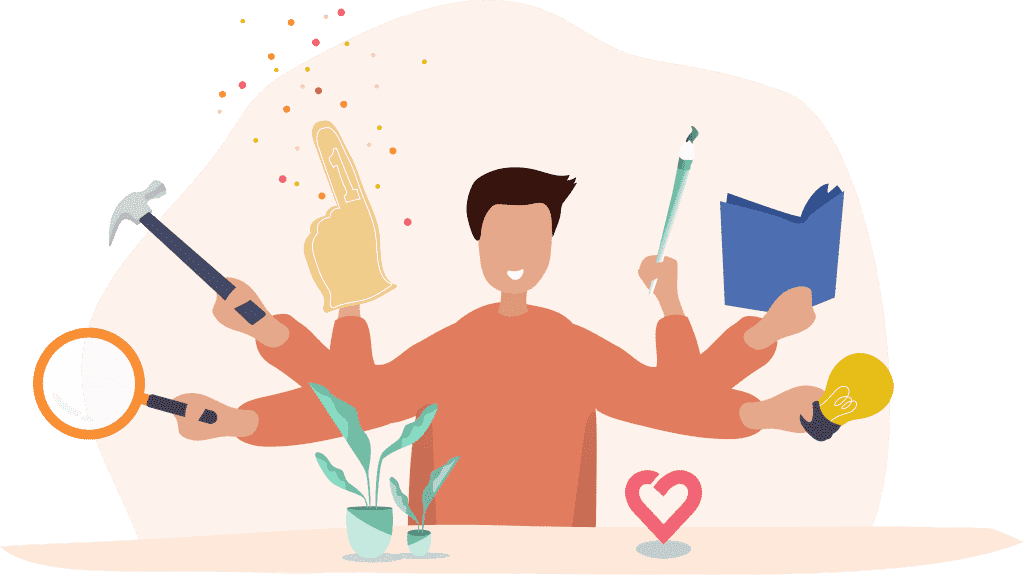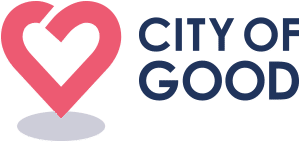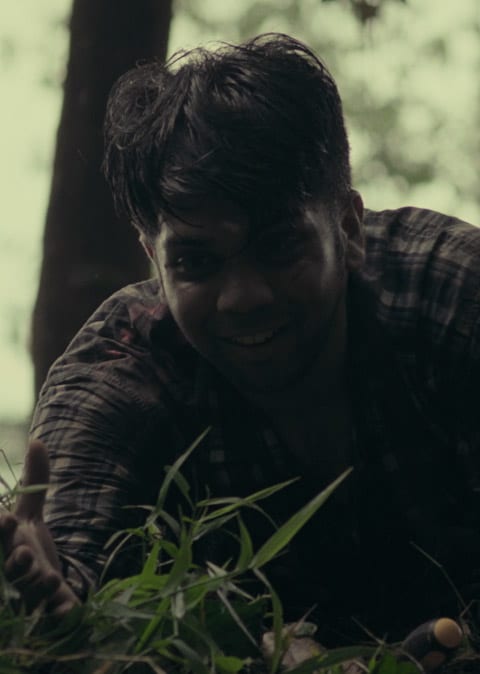Understanding the role of developers in community-building
The concept of community is complex. Communities can be as broad as an ecosystem-wide organisation for social development, or as simple as a Facebook community page for bookworms to share their thoughts.
They can have an internal or external purpose, or even both.
- Internal purpose — a community that exists to take care of itself, whether that’s supporting one another, learning from each other, or growing the community to a certain number.
- External purpose — a community that exists to pursue an external goal, like fundraising for children with disabilities.
Communities are made up of people with varying perspectives, identities, and attitudes towards how things should be done within the community or what direction the community should be headed towards. Communities can even exist on different scales, with sub-communities existing within a larger one.
With so many variations and moving parts, how can communities function in a way that’s both purposeful and organised?
This is where developers come in.
Community developers, or simply “developers”, are seen as a key pillar to community development. They may not have a formal title, but play a role in steering the community in the desired direction, based on the community’s vision and purpose.
But to properly define a community developer’s role is as complex as defining communities themselves. Each community has its own unique nature, purpose, and members, which all contribute to the overall task of the developer.
Developers themselves view their role from various perspectives. Some may take an ecosystem-wide approach, while others may take a more member-centric perspective. This may also be shaped by the sector in which the community exists such as in the social or commercial space.
To better understand the role of developers within different communities, we talked to several community developers in Singapore to get their personal insight on their role and will discuss three themes in this article:
The many facets of a community developer
As expected, community developers refer to themselves and the work they do differently. There was no one job description or term they could agree upon, as each term held different meanings, connotations, and associations based within the context they’re applied to.
Bee Leng, a developer from local charity AMKFSC Community Services, even said that she preferred using “new names” to help people think about their roles differently.
Some referred to their roles as “facilitators”, “animators”, or “alongsiders”. One even described developers as “octopi”—people who are doing a million things at once.
To grasp this terminology, let’s take a closer look at how developers view their responsibilities:
Community developers expand their members’ capacity to aspire

Some developers described their role within the community as one that helps members expand their capacity to aspire beyond existing scopes and situations.
One developer used the term “painter” to describe this role to illustrate painting a big picture—or one that is larger than the current boundaries of the community. The painter sees possibilities that members might not otherwise see or dream of, and through thoughtful facilitating, guides the brush strokes to realise that painting.
Another used the term “innovator”, to convey their role as a designer of a community that learns together so members are empowered by their knowledge to increase their capabilities beyond what was perceived.
Community developers build their members’ potential to achieve their goals
Similarly, there were developers who described their role as enabling their members to achieve their goals through capacity building or providing opportunities that allow them to do so.
A “capacity builder” builds the skills, confidence, and expertise of members to achieve their goals. Meanwhile, “enablers” or “catalysts” are those that empower members within the community to use their individual strengths to do good within their community and pursue the goals and causes they care about.
Community developers bridge and discover assets in the community

Several developers described their role as a “bridge” or “connector”, discovering assets and strengths in and beyond the community, and linking these assets to those who need it. Members of the community can be “bridges” and “connectors” as well.
Another developer described their role as a “treasure hunter” as they find treasures (like skills, resources, and opportunities) within (e.g. volunteers) and outside (e.g. partnerships) the community where they might not be so obvious.
Community developers do multiple things at the same time

One community developer described his role in the community as being an “octopus” because of the many roles developers play, including cheerleader, safety net, signpost, historian, mirror, and architect. In this perspective, developers wear many hats as many things need to be done in different facets of a community.
Community developers are personally engaged with the community
One described the developer’s role as “Kaypoh”, a colloquial term used to describe a nosy person. Developers need to make an effort to learn about the lives of other members to help them create lasting internal changes throughout their stay in the community. Journeying with members and building relationships help keep the community together.
Another developer referred to his role as an “explorer”, as he “digs around” to get to know members better, listening to them and understanding what they are passionate about. In effect, he builds relationships with them too.
Community developers are mindful that communities are already present and may not necessarily need to be “built”
A developer expressed unease with the word “developer” as it implied that their role was to build something new when in some contexts, communities preexist and any outcomes were the result of previous member interactions.
He suggested the term “animator” as a more appropriate term to highlight the role that developers play in bringing a community to life. The animator shows up collaboratively and enables, supports, and facilitates; shifting the power of developing the community to its members.
Another developer described his role as a “contributor”, emphasising the fact that everyone contributes to the community in his or her own way, and the developer is simply one of the many contributors in the group. In this sense, contributors focus on the needs of the individual rather than the institution.
Though, in some cases, communities do not necessarily need the help of the developer. If a developer is not wary of this, “intruding” in that community could potentially “kill their spirit”.
Some community developers provide professional services
There are developers who play dual roles—one as a professional and the other as a community developer. Developers who have to wear professional hats shared that they could not “run away” from this identity as members saw them as professionals and held expectations for these developers to provide solutions for their immediate needs.
These expectations create a barrier, preventing developers from playing other potentially personal roles in the community.
What a community developer is, by what s/he is not
With all that said, is there any point in trying to define a developer’s role?
While all the developers saw their role as something unique to their community, they agreed on a number of things they believed a community developer is not.
A community developer can be a “leader”, but not in the sense that implies hierarchy and power; as if the developer were the sole decision-maker of the community and members are disempowered to act. Neither is a developer someone who has “control” over the community and can intervene and veto decisions whenever he or she pleases.
Rather, a community developer can be seen as a servant leader—someone who serves rather than controls. An “animator”, “facilitator”, or “alongsider”, or simply put someone who brings the community to life; someone who gently “prods” and “suggests” rather than makes all the decisions.
A developer must be comfortable with ambiguity and willing to have “incomplete control” whilst watching over the community. Furthermore, the developer must acknowledge that communities may already be present and not necessarily “built.”
Community developers exist because it’s difficult for communities to grow organically without any direction. There is an abundance of diversity within communities, and developers must bring the focus to the similarities—to the shared vision, purpose, and goal of the overarching community.
In no way does the developer “own” the community. In fact, many developers hope to someday exit the community. If he or she owns the community, then the community will be lost upon the developer’s exit.
Through intentional facilitation, developers can instead create a sense of ownership among members and encourage them to take leadership roles within the community. In that way, developers are also cultivating future developers from within the community.
Member development journeys can guide developers in creating that sense of ownership. This includes:
- Onboarding and induction SOPs, which are constantly revised through conversation and feedback
- Ground rules for managing conflicts and setting expectations of behaviour and conduct
- Named misbehaviours as members may not know they are behaving in a contrary way
These rules and guidelines provide structure and reinforce the values of the community.
Community developers do what’s best for the community
At the end of the day, the role of a developer is a broad one that serves to reflect the goals of the community as a whole. While they go by many names, developers need to give space for communities to realise their own potential and take a back seat when community members step up, allowing the community to come up with solutions and bring new people into the community as well.
Community members are certainly not just beneficiaries of the community, they are part of what makes the community alive. They may require some guidance from the developer at first, but they may also find it in themselves to become developers themselves.
With that said, anybody can be a developer! Just take note of some of the qualities that would be helpful to have:
- Communication skills
- Relationship-building skills
- Interpersonal skills
- Compassion and empathy
- Organisational skills
If you’re interested in learning more about how to improve the experience of your community, read on to our next chapter: Member Experience: The Road To A Thriving Community.






















